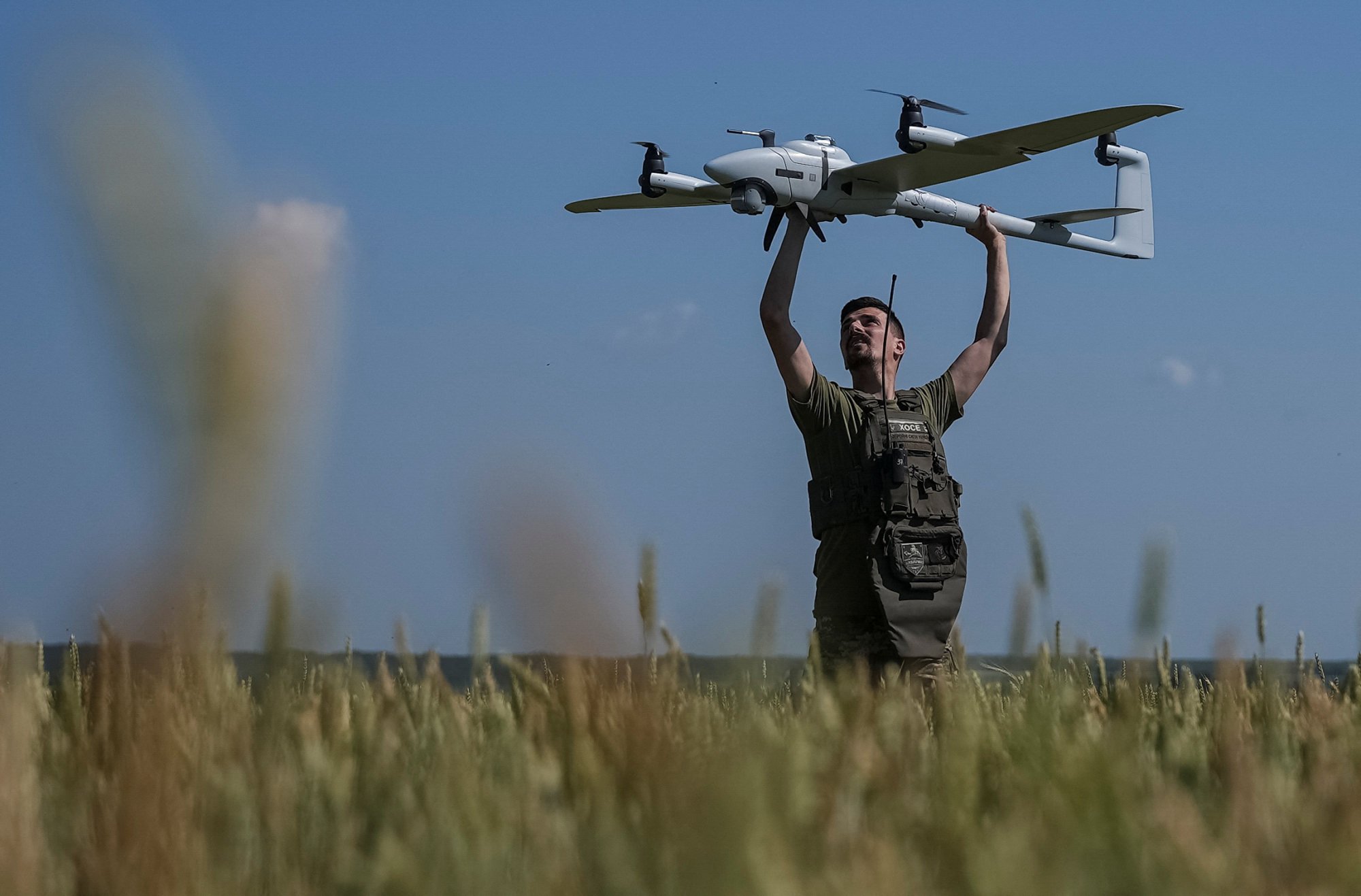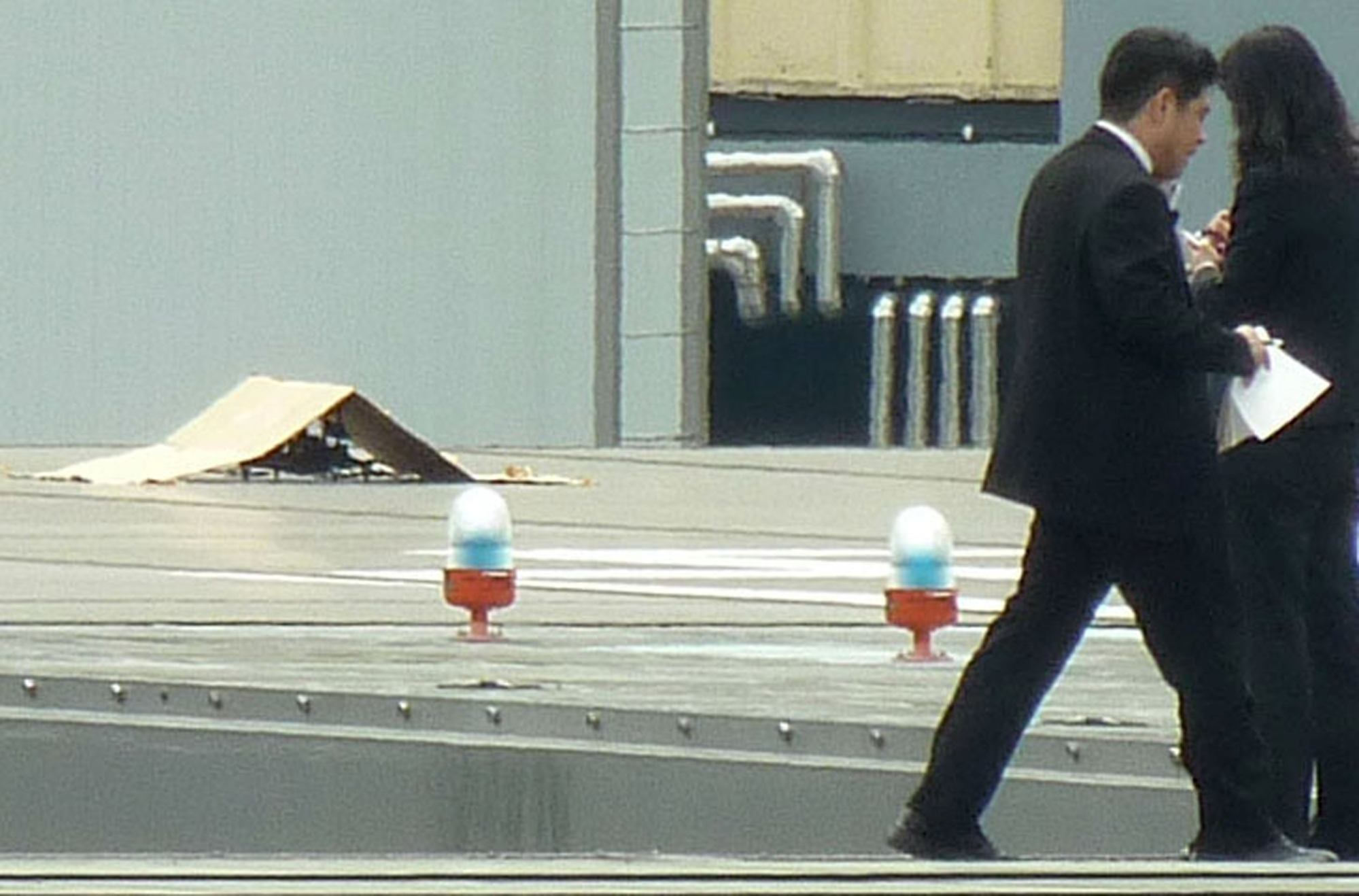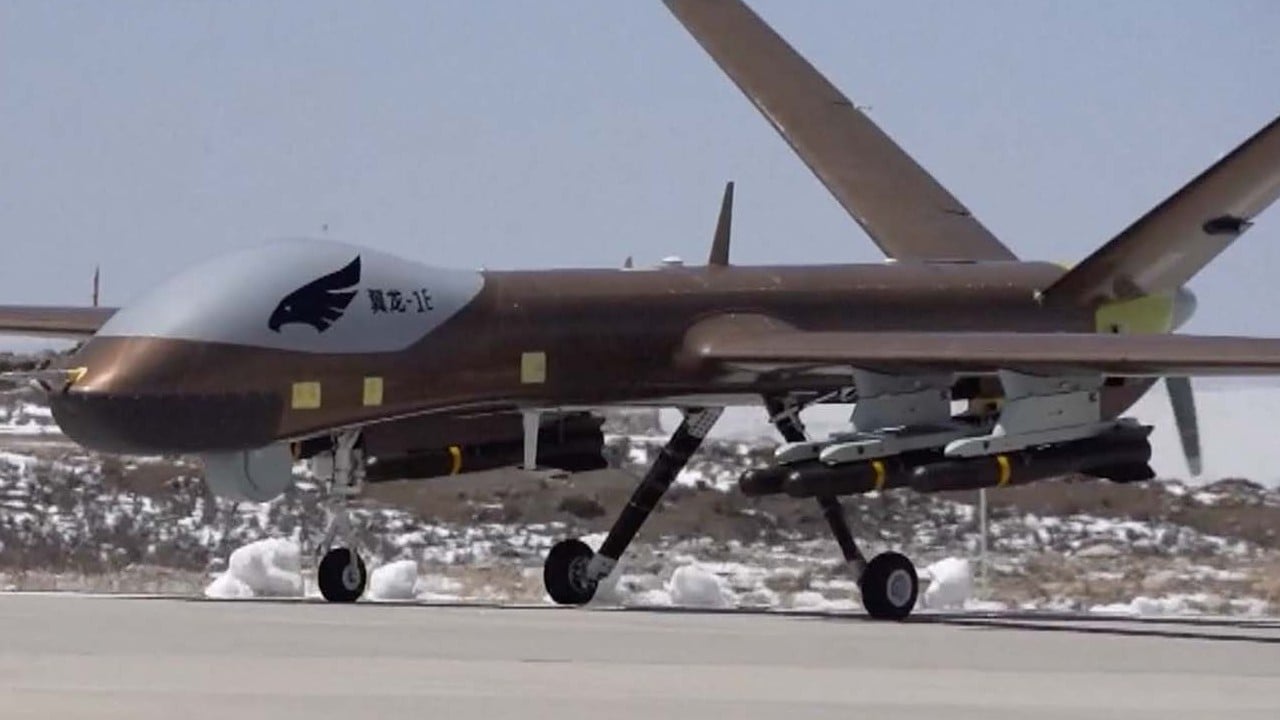Japan, US near deal to jointly develop high-power anti-drone microwave weapons

“They have already proved to be very useful and very effective on the battlefield and there are many benefits to using drones, including not incurring casualties on the user’s side and having a relatively inexpensive drone being able to target and destroy enemy weapons systems that can be worth many millions of dollars,” he told This Week in Asia.

A microwave weapon is designed to produce an electromagnetic wave that can cause the internal electronic components of a drone to malfunction. The technology is not new and microwave ovens have been a fixture in kitchens around the world for decades, but weaponising electromagnetic waves is a more recent development.
The advantage of microwave weapons is that they are able to “blanket” an area of inbound drones, whereas conventional ammunition and anti-aircraft missiles are more pinpoint weapons, analysts say. Microwave weapons are also just as effective against small drones, which might evade detection by radar or human vision, as larger unmanned vehicles.
And as long as they have a power source, microwave weapons can keep up a constant barrage of waves instead of having to be reloaded. This also makes them a cheaper form of defence.
“A lot of countries are now working on how they can counter drones, with Japan beginning back in around 2015 under then-prime minister [Shinzo] Abe,” said Garren Mulloy, a professor of international relations at Daito Bunka University and a specialist in military issues.

“We have seen in Ukraine that a US$100 drone can knock out a multimillion-dollar weapon system, so the challenge now is to develop an asymmetric way of countering drones just as inexpensively,” Mulloy said.
There is little information available on the joint research that Japan and the US are planning to carry out, but Mulloy anticipates that it will focus on ways of reducing the amount of energy a microwave weapon requires to be effective, making a man-portable miniaturised version and having slightly more potent systems mounted on small and nimble vehicles.
And while the US and Japan are collaborating on the project, each will have its own priorities.
“We know the North uses surveillance drones, but that could be expanded to attacks on ships at sea or civilian targets over the border in the South, such as nuclear power plants.”
“In Japan, we know that China is conducting surveillance missions using drones against Taiwan and there is serious concern that Beijing will use large numbers of drones should it choose to attack,” he said.
According to Mulloy, Japan has been impressed by Ukraine’s attacks on Russian warships in the Black Sea and is also keen to develop underwater drones and unmanned vehicles that operate on the surface.
“Drones have become far more important, far faster than many military analysts believed they would be. They have become standard on the battlefield, like the mortar was new technology in World War I but was quickly deployed with ground troops everywhere,” Mulloy said.
“Drones are in many ways perfect because they do not expose soldiers to fire, they can operate as the eyes of the military to see what the enemy is doing, and they can also carry out attacks. In the last 15 years, hiding places on the battlefield have shrunk considerably, and now we need to find ways to counter the drones that provide that intelligence.”






